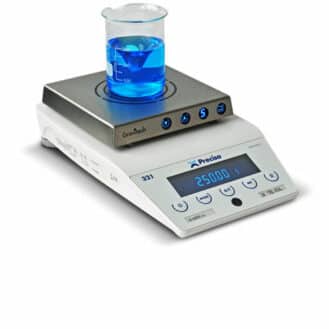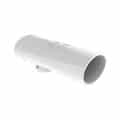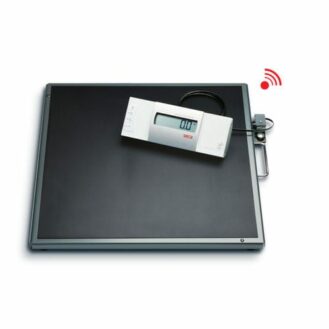Spirometry is a test designed to assess respiratory function. Spirometry measurements are taken with different types of equipment and technical and human factors can influence the results obtained. A spirometer is a medical device that measures the volume of air inhaled and exhaled during a breathing cycle, as well as inspiratory and expiratory flows. To do this, it uses an integrated pressure transducer. During the test, the patient must fill their lungs with air and then exhale through a plastic tube fitted to the spirometer. With this test, the doctor can establish a diagnosis and, if necessary, prescribe a treatment.






